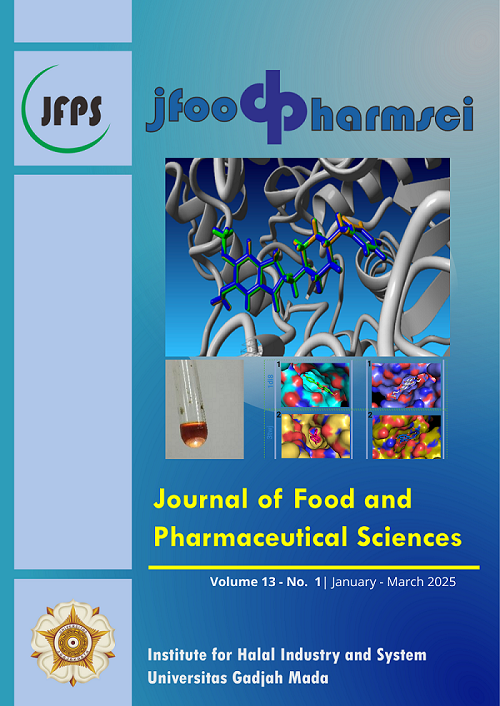Ethnomedicine Study on Medicinal Plants in Nanggulan District, Kulon Progo Regency
Abstract
Despite the advancements in conventional medicine, medicinal plants continue to play an important role in treating different human ailments, particularly in developing nations. This is based on locals' knowledge of medicinal plants for treating various ailments. Ethnomedicine is a branch of research investigating society's local wisdom for maintaining its health. According to diverse field studies, 40 different varieties of plants have been discovered that the native inhabitants of Kulon Progo Regency think are medicinal. The purpose of this research was to identify therapeutic herbs used by the Kulon Progo population. Traditional healers and members of the Kulon Progo village were interviewed as part of this study. The ethnomedicine data was analyzed using Use Value (UV), Frequency of Citation (FC), and Plant Part Value (PPV). The analytical results suggest that turmeric (0.78), galangal (0.67), and ginger (0.67) are the most important plants to society. Rhizomes (38.10%) and leaves (34.52) are the most commonly employed plant parts for medicinal purposes. Boiling it (47.06%) produces herbal medication from the plant extract.
































